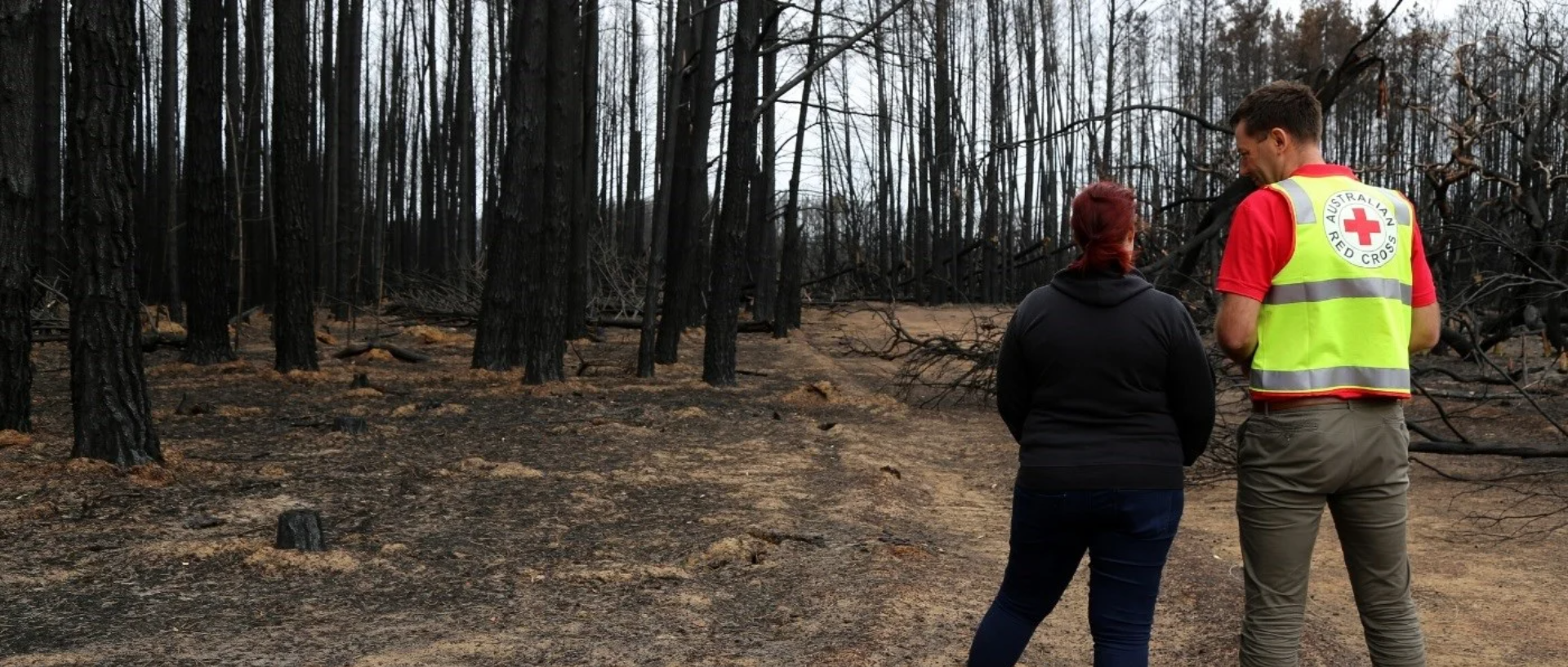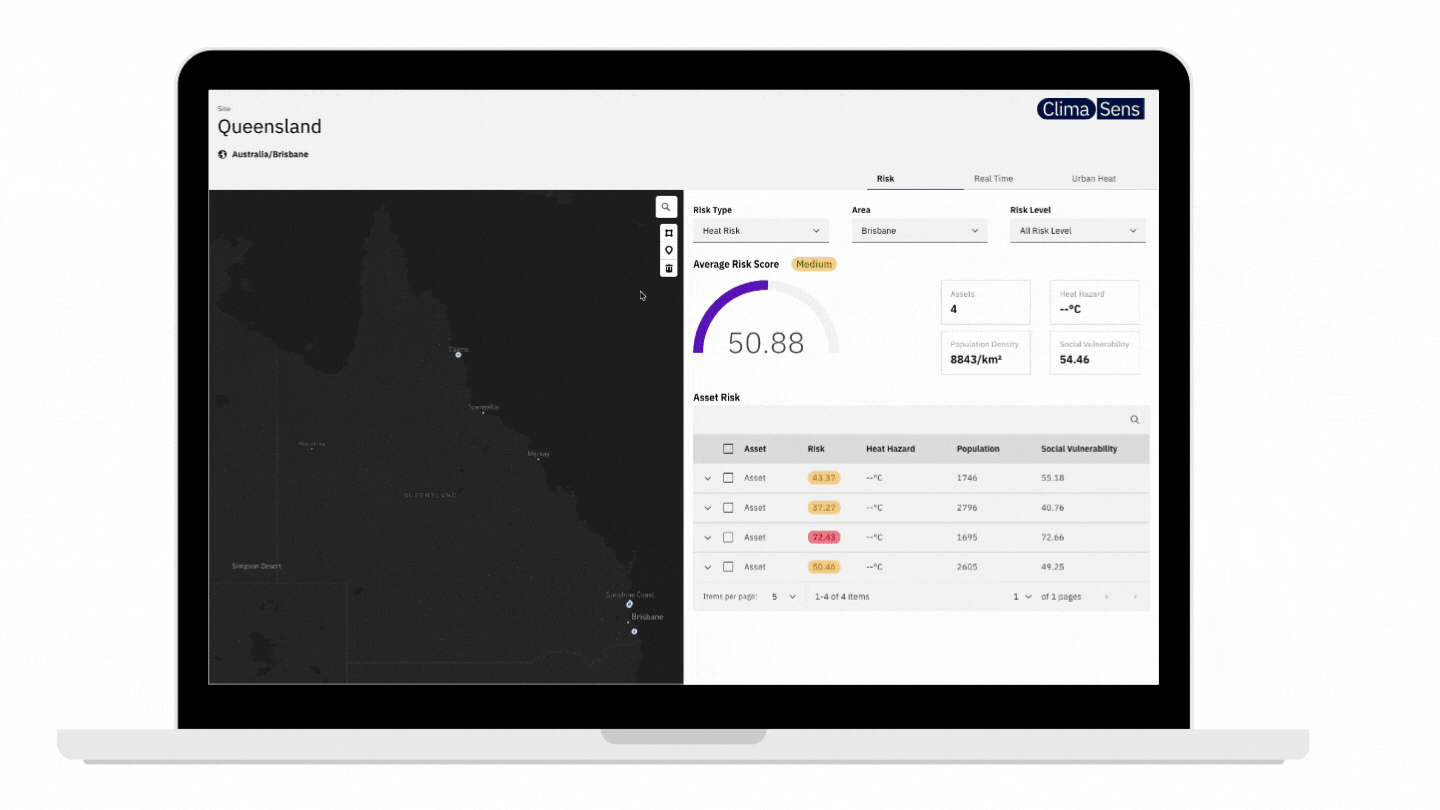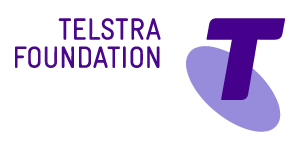
Heat Action Day: Can technology help us to beat the heat?
8 June 2022
Heat Action Day: Can technology help us to beat the heat?
On 14th June 2022, Red Cross and Red Crescent Societies are launching the world's first Heat Action Day to raise awareness about the serious and growing risks that heatwaves pose to our health, along with steps to stay safe from this silent emergency.
This comes as Humanitech, an initiative of Australian Red Cross, is exploring opportunities to leverage technology to enhance our abilities to identify and assist those at risk from extreme heat events.
Why do we need a Heat Action Day?
Extreme heat is one of Australia's most dangerous and silent crises. Extreme heat or heatwaves have been responsible for more human deaths than any other natural hazard, including bushfires, storms, tropical cyclones, and floods.For instance, during the 2009 Victorian bushfires, 173 people died, but an additional 374 people died in the heatwave before the fires.

Unlike hazards such as floods and storm surges, which are commonly studied by agencies like the Bureau of Meteorology, local governments and communities often lack basic knowledge of where extreme heat threats are likely to have the most impact, and who is most likely to be affected.
Leveraging technology to prepare and respond
Humanitech is supporting a local Australian start-up, Climasens, to pilot a project that explores how technology can be used to improve the emergency management cycle in preparing and responding to environmental stressors, such as heatwaves.
Climasens utilises geospatial mapping and climate analysis to outline the geographic distributions of heat exposure and heat sensitivity to support adaptation and mitigation strategies. The platform can give organisations, decision makers, and communities tools that can help them plan, prepare and respond to current and future heat impacts.

“We see heat being one of the more prolific challenges in the coming years, as it is not often recognized as being as deadly as other extremes, such as flooding, and the impacts are not often visible,” said Joseph Glesta, co-founder and CEO of Climasens.
“However, 30 percent of the global population live in areas where heat and humidity levels can be deadly on at least 20 days a year, and that is only increasing as climate change worsens,” he continued.
“If we want to make a change and plan for the future, our work starts today - it has to.”
Using technology to identify communities most at risk
This pilot project is developing a tool based on heat exposure data and social demographic indicators to identify the communities most at risk of extreme heat.
“The impacts of heatwaves are not experienced equally by all people in all places, so incorporating social demographic data is an important aspect of this pilot,” said Adelide Mutinda, Innovation Program Manager at Humanitech.
“We know that cumulative risk factors, such as where someone lives, their health, their age, income, language barriers and access to resources, can increase the likelihood and severity of them being impacted by extreme heat events.”
This screening tool can provide emergency management responders, such as Red Cross, as well as government agencies, non-government organisations and communities with the information necessary to assess where the areas and people are most in need of help.
As climate change turns up the heat around the world, solutions like this are important. Designed and developed with an emphasis on the most vulnerable individuals in society, they emphasise the impacts of climate change on place as well as people to ensure those most at risk are not left behind.
Humanitech Lab Innovation Program 2022 applications are open. If you are using technology to solve humanity’s most pressing social and humanitarian challenges, apply now. Applications close on June 19, 2022
Learn more about Heat Action Day and simple ways to #BeatTheHeat here.

